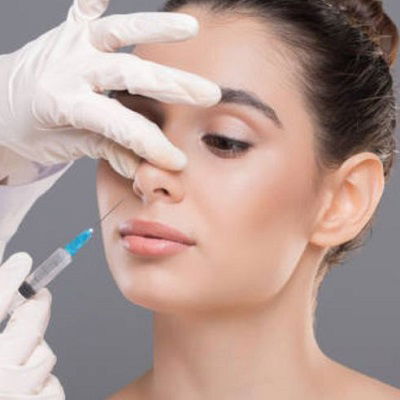Rhinoplasty Recovery: Tips for a Smooth Healing Process
Introduction
Rhinoplasty, commonly known as a nose job, is a popular cosmetic procedure designed to enhance the appearance or function of the nose. While the procedure itself is a significant step toward achieving desired facial aesthetics or resolving nasal breathing issues, the recovery phase is equally crucial for ensuring the best possible results. Effective recovery involves more than just following post-operative instructions; it requires a holistic approach to manage discomfort, minimize risks, and support the healing process. This article offers comprehensive tips for a smooth and successful Rhinoplasty Surgery recovery.

Understanding the Rhinoplasty Recovery Timeline
Immediate Post-Operative Period
In the initial 24 to 48 hours following surgery, you can expect swelling, bruising, and discomfort. During this time, it is important to follow your surgeon's instructions closely, which will typically include resting in an elevated position to reduce swelling, applying cold compresses, and taking prescribed medications for pain and nausea.
First Week
The first week of recovery is often marked by significant swelling and bruising. Your surgeon may place a splint or bandages on your nose to support the healing tissues and maintain the new shape. It's essential to avoid any strenuous activities, heavy lifting, or bending over, which can increase swelling.
Weeks 2 to 4
By the second week, the majority of the swelling and bruising should begin to subside. Many patients feel comfortable returning to work or social activities around this time, though it's advisable to continue avoiding activities that could impact the nose. During this period, follow-up appointments with your surgeon will help monitor your progress and address any concerns.
Months 1 to 6
Full recovery can take several months. While most of the initial swelling resolves within a few weeks, subtle swelling may persist for up to a year. It's important to continue following your surgeon's advice regarding physical activity, sun exposure, and skincare to ensure the best final results.
Essential Tips for a Smooth Rhinoplasty Recovery
1. Follow Post-Operative Instructions
Your surgeon will provide specific guidelines for your recovery, including how to care for your nose, when to take medications, and signs of potential complications. Adhering to these instructions is critical for minimizing risks and promoting optimal healing.
2. Manage Swelling and Bruising
To manage swelling and bruising, use cold compresses as directed by your surgeon. Keeping your head elevated while resting can also help reduce swelling. Avoiding salty foods and drinking plenty of water can further support the healing process.
3. Avoid Physical Activities
Refrain from engaging in strenuous activities or exercises that could impact your nose during the early stages of recovery. Activities like running, heavy lifting, or contact sports should be avoided until your surgeon gives you the go-ahead.
4. Protect Your Nose from Trauma
Protecting your nose from accidental trauma is essential during the recovery phase. Be cautious when washing your face, brushing your teeth, and sleeping to avoid putting pressure on your nose. Avoid wearing glasses or sunglasses directly on your nose until your surgeon confirms it is safe to do so.
5. Follow a Healthy Diet
A nutritious diet plays a role in supporting the healing process. Eat a balanced diet rich in vitamins and minerals to aid tissue repair and overall recovery. Foods high in antioxidants, such as fruits and vegetables, can help reduce inflammation and support healing.
6. Attend Follow-Up Appointments
Regular follow-up visits with your surgeon are important for monitoring your recovery and addressing any concerns. These appointments allow your surgeon to assess your progress, remove splints or stitches if necessary, and provide guidance on any additional care required.
7. Be Patient
Healing after rhinoplasty takes time, and the final results may not be fully visible for several months. It's important to be patient and realistic about your recovery timeline. Avoid comparing your progress to others, as each individual's healing process can vary.
Conclusion
A successful rhinoplasty recovery involves careful adherence to post-operative instructions, proactive management of swelling and bruising, and a commitment to protecting your nose during the healing process. By following these tips and maintaining open communication with your surgeon, you can help ensure a smooth recovery and achieve the best possible results from your rhinoplasty. Remember that patience and self-care are key components of a successful recovery journey, and your efforts will ultimately contribute to the desired outcome and overall satisfaction with your procedure.
